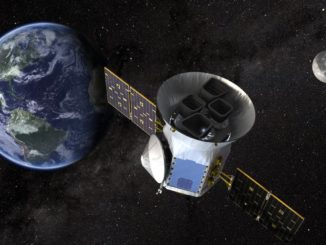
Search Results for Mars' atmosphere


See January’s totally eclipsed Blue Moon
On 31 January we experience the second full Moon of the month, which by one definition makes it a Blue Moon. However, for observers in north-western North America, Oceania, East Asia or central and eastern Russia, this full Moon will have a decidedly reddish hue since it will be immersed in the Earth’s shadow during a total lunar eclipse.

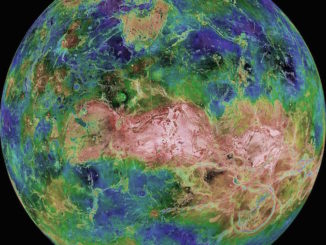
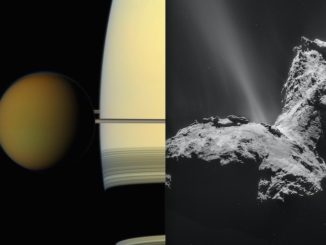
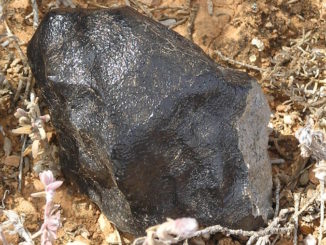
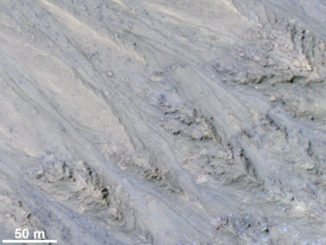
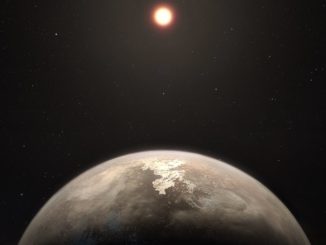
Closest temperature world orbiting quiet star discovered
A temperate Earth-sized planet has been discovered only 11 light-years from the Solar System. The new world has the designation Ross 128 b and is now the second-closest temperate planet to be detected after Proxima b. It is also the closest planet to be discovered orbiting an inactive red dwarf star, which may increase the likelihood that this planet could potentially sustain life.


Intense storms batter Saturn’s largest moon, scientists report
Titan, the largest of Saturn’s more than 60 moons, has surprisingly intense rainstorms, according to research by a team of UCLA planetary scientists and geologists. Although the storms are relatively rare — they occur less than once per Titan year, which is 29 and a half Earth years — they occur much more frequently than the scientists expected.
